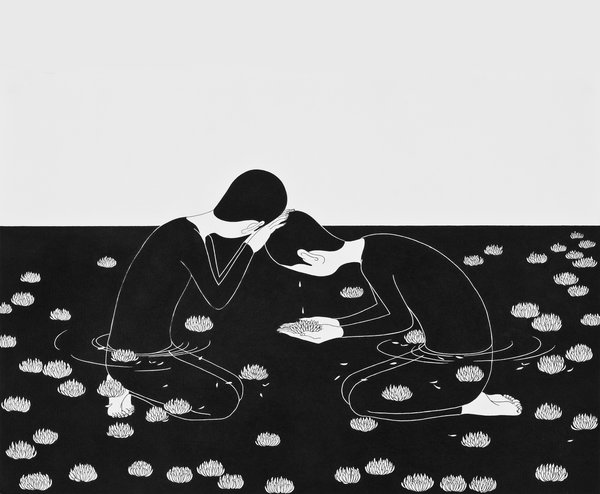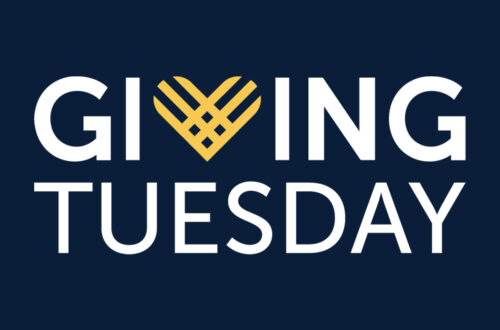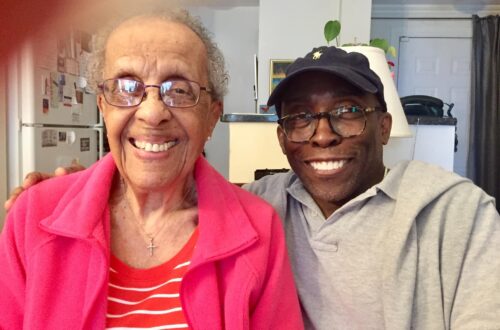
by Pico Iyer for The New York Times
NARA, Japan — Hundreds of Syrians are apparently killed by chemical weapons, and the attempt to protect others from that fate threatens to kill many more. A child perishes with her mother in a tornado in Oklahoma, the month after an 8-year-old is slain by a bomb in Boston. Runaway trains claim dozens of lives in otherwise placid Canada and Spain. At least 46 people are killed in a string of coordinated bombings aimed at an ice cream shop, bus station and famous restaurant in Baghdad. Does the torrent of suffering ever abate — and can one possibly find any point in suffering?
Wise men in every tradition tell us that suffering brings clarity, illumination; for the Buddha, suffering is the first rule of life, and insofar as some of it arises from our own wrongheadedness — our cherishing of self — we have the cure for it within. Thus in certain cases, suffering may be an effect, as well as a cause, of taking ourselves too seriously. I once met a Zen-trained painter in Japan, in his 90s, who told me that suffering is a privilege, it moves us toward thinking about essential things and shakes us out of shortsighted complacency; when he was a boy, he said, it was believed you should pay for suffering, it proves such a hidden blessing.
Yet none of that begins to apply to a child gassed to death (or born with AIDS or hit by a “limited strike”). Philosophy cannot cure a toothache, and the person who starts going on about its long-term benefits may induce a headache, too. Anyone who’s been close to a loved one suffering from depression knows that the vicious cycle behind her condition means that, by definition, she can’t hear the logic or reassurances we extend to her; if she could, she wouldn’t be suffering from depression.
Occasionally, it’s true, I’ll meet someone — call him myself — who makes the same mistake again and again, heedless of what friends and sense tell him, unable even to listen to himself. Then he crashes his car, or suffers a heart attack, and suddenly calamity works on him like an alarm clock; by packing a punch that no gentler means can summon, suffering breaks him open and moves him to change his ways.
Occasionally, too, I’ll see that suffering can be in the eye of the beholder, our ignorant projection. The quadriplegic asks you not to extend sympathy to her; she’s happy, even if her form of pain is more visible than yours. The man on the street in Calcutta, India, or Port-au-Prince, Haiti, overturns all our simple notions about the relation of terrible conditions to cheerfulness and energy and asks whether we haven’t just brought our ideas of poverty with us.
But does that change all the many times when suffering leaves us with no seeming benefit at all, and only a resentment of those who tell us to look on the bright side and count our blessings and recall that time heals all wounds (when we know it doesn’t)? None of us expects life to be easy; Job merely wants an explanation for his constant unease. To live, as Nietzsche (and Roberta Flack) had it, is to suffer; to survive is to make sense of the suffering.
That’s why survival is never guaranteed.
OR put it as Kobayashi Issa, a haiku master in the 18th century, did: “This world of dew is a world of dew,” he wrote in a short poem. “And yet, and yet. …” Known for his words of constant affirmation, Issa had seen his mother die when he was 2, his first son die, his father contract typhoid fever, his next son and a beloved daughter die.
He knew that suffering was a fact of life, he might have been saying in his short verse; he knew that impermanence is our home and loss the law of the world. But how could he not wish, when his 1-year-old daughter contracted smallpox, and expired, that it be otherwise?
After his poem of reluctant grief, Issa saw another son die and his own body paralyzed. His wife died, giving birth to another child, and that child died, maybe because of a careless nurse. He married again and was separated within weeks. He married a third time and his house was destroyed by fire. Finally, his third wife bore him a healthy daughter — but Issa himself died, at 64, before he could see the little girl born.
My friend Richard, one of my closest pals in high school, upon receiving a diagnosis of prostate cancer three years ago, created a blog called “This world of dew.” I sent him some information about Issa — whose poems, till his death, express almost nothing but gratitude for the beauties of life — but Richard died quickly and in pain, barely able to walk the last time I saw him.
MY neighbors in Japan live in a culture that is based, at some invisible level, on the Buddhist precepts that Issa knew: that suffering is reality, even if unhappiness need not be our response to it. This makes for what comes across to us as uncomplaining hard work, stoicism and a constant sense of the ways difficulty binds us together — as Britain knew during the blitz, and other cultures at moments of stress, though doubly acute in a culture based on the idea of interdependence, whereby the suffering of one is the suffering of everyone.
“I’ll do my best!” and “I’ll stick it out!” and “It can’t be helped” are the phrases you hear every hour in Japan; when a tsunami claimed thousands of lives north of Tokyo two years ago, I heard much more lamentation and panic in California than among the people I know around Kyoto. My neighbors aren’t formal philosophers, but much in the texture of the lives they’re used to — the national worship of things falling away in autumn, the blaze of cherry blossoms followed by their very quick departure, the Issa-like poems on which they’re schooled — speaks for an old culture’s training in saying goodbye to things and putting delight and beauty within a frame. Death undoes us less, sometimes, than the hope that it will never come.
As a boy, I’d learned that it’s the Latin, and maybe a Greek, word for “suffering” that gives rise to our word “passion.” Etymologically, the opposite of “suffering” is, therefore, “apathy”; the Passion of the Christ, say, is a reminder, even a proof, that suffering is something that a few high souls embrace to try to lessen the pains of others. Passion with the plight of others makes for “compassion.”
Almost eight months after the Japanese tsunami, I accompanied the Dalai Lama to a fishing village, Ishinomaki, that had been laid waste by the natural disaster. Gravestones lay tilted at crazy angles when they had not collapsed altogether. What once, a year before, had been a thriving network of schools and homes was now just rubble. Three orphans barely out of kindergarten stood in their blue school uniforms to greet him, outside of a temple that had miraculously survived the catastrophe. Inside the wooden building, by its altar, were dozens of colored boxes containing the remains of those who had no surviving relatives to claim them, all lined up perfectly in a row, behind framed photographs, of young and old.
As the Dalai Lama got out of his car, he saw hundreds of citizens who had gathered on the street, behind ropes, to greet him. He went over and asked them how they were doing. Many collapsed into sobs. “Please change your hearts, be brave,” he said, while holding some and blessing others. “Please help everyone else and work hard; that is the best offering you can make to the dead.” When he turned round, however, I saw him brush away a tear himself.
Then he went into the temple and spoke to the crowds assembled on seats there. He couldn’t hope to give them anything other than his sympathy and presence, he said; as soon as he heard about the disaster, he knew he had to come here, if only to remind the people of Ishinomaki that they were not alone. He could understand a little of what they were feeling, he went on, because he, as a young man of 23 in his home in Lhasa had been told, one afternoon, to leave his homeland that evening, to try to prevent further fighting between Chinese troops and Tibetans around his palace.
He left his friends, his home, even one small dog, he said, and had never in 52 years been back. Two days after his departure, he heard that his friends were dead. He had tried to see loss as opportunity and to make many innovations in exile that would have been harder had he still been in old Tibet; for Buddhists like himself, he pointed out, inexplicable pains are the result of karma, sometimes incurred in previous lives, and for those who believe in God, everything is divinely ordained. And yet, his tear reminded me, we still live in Issa’s world of “And yet.”
The large Japanese audience listened silently and then turned, insofar as its members were able, to putting things back together again the next day. The only thing worse than assuming you could get the better of suffering, I began to think (though I’m no Buddhist), is imagining you could do nothing in its wake. And the tear I’d witnessed made me think that you could be strong enough to witness suffering, and yet human enough not to pretend to be master of it. Sometimes it’s those things we least understand that deserve our deepest trust. Isn’t that what love and wonder tell us, too?
Pico Iyer is the author, most recently, of “The Man Within My Head,” and a distinguished presidential fellow at Chapman University.


